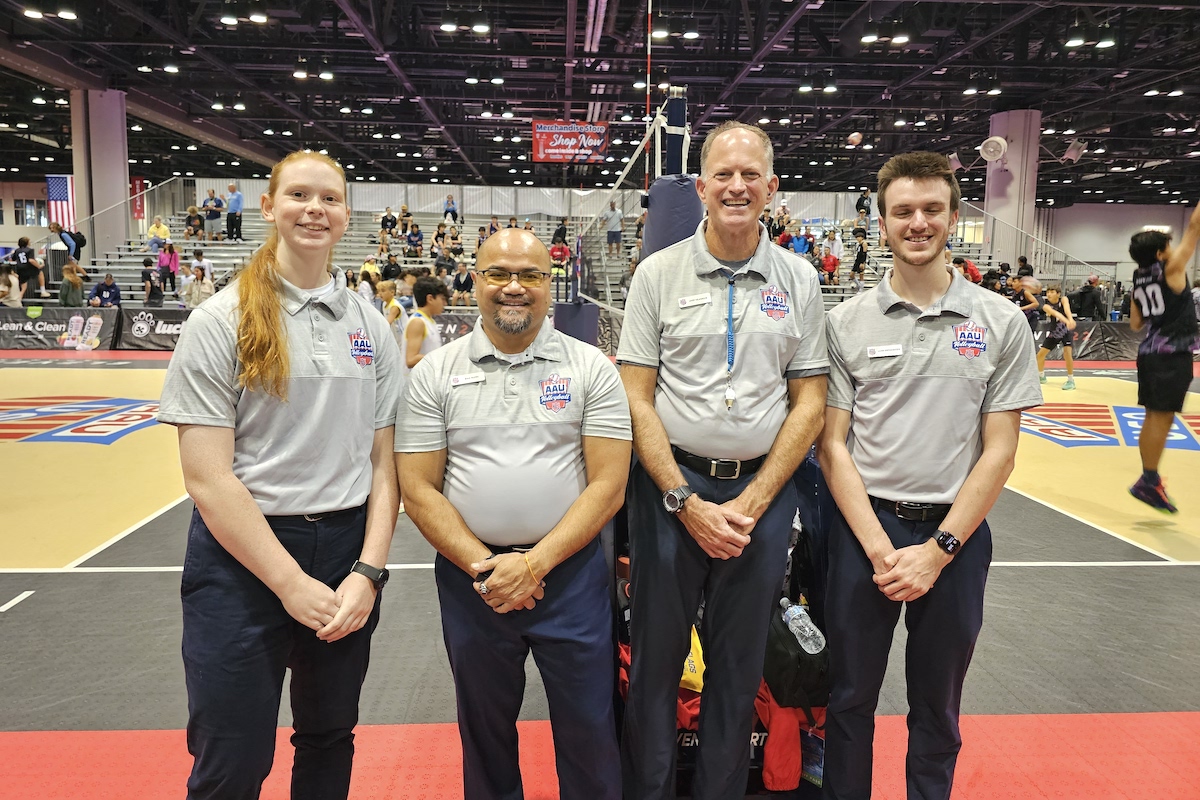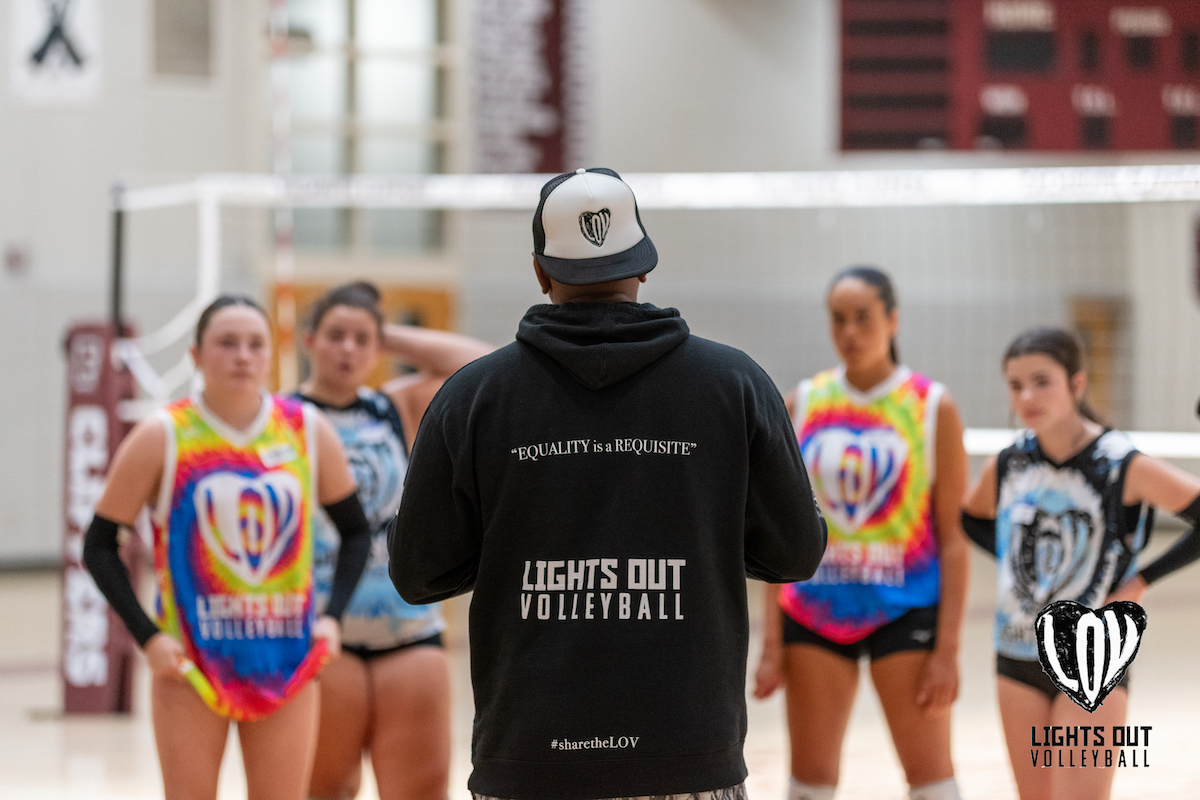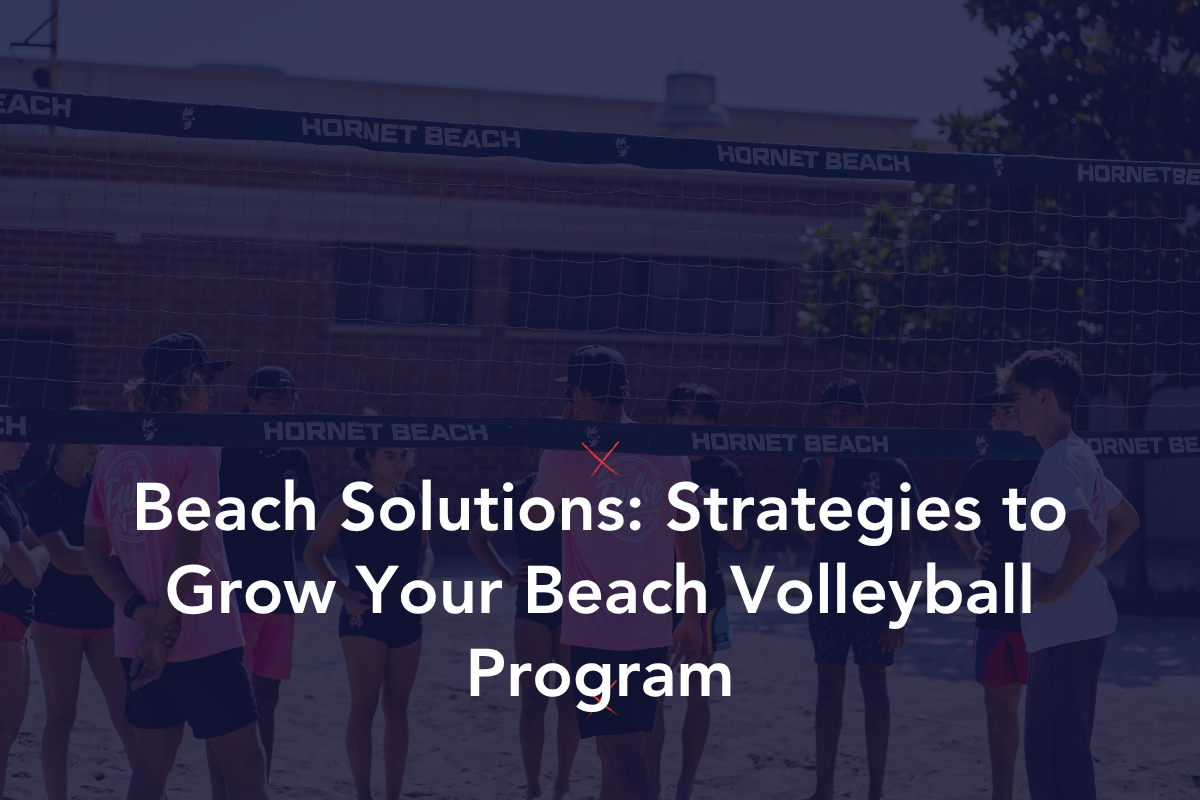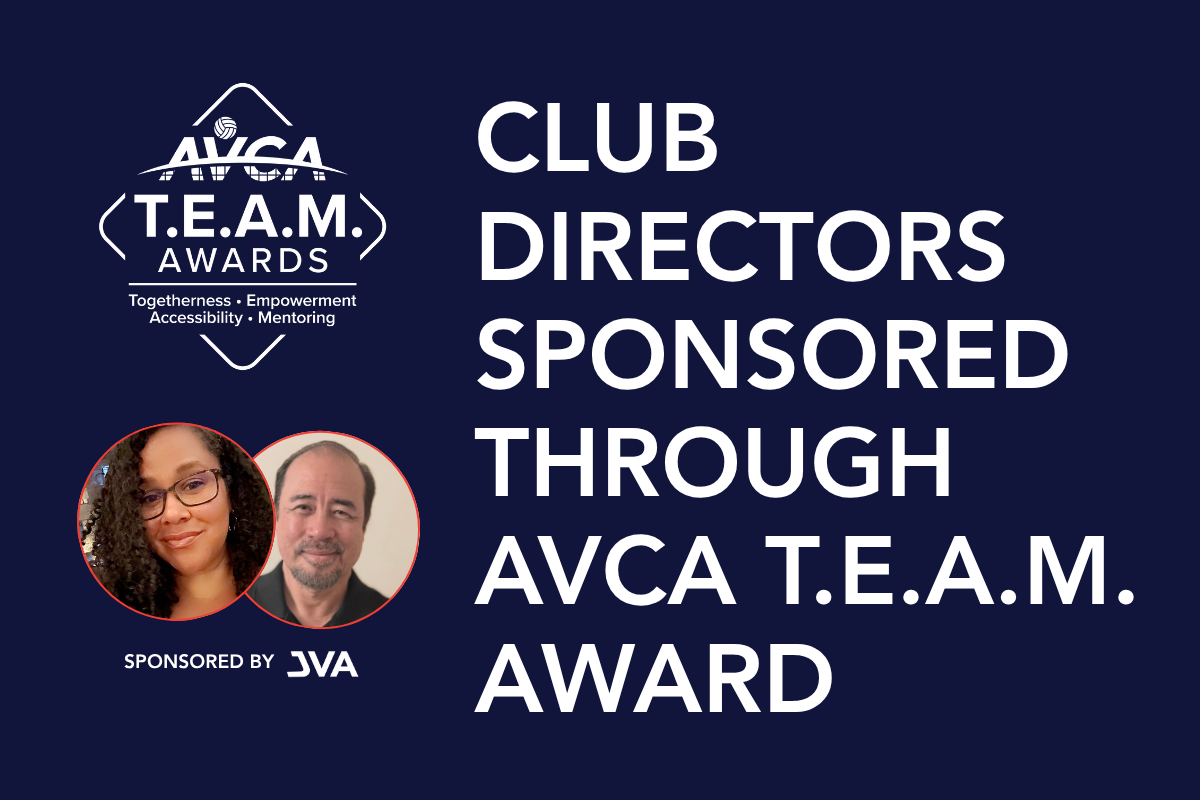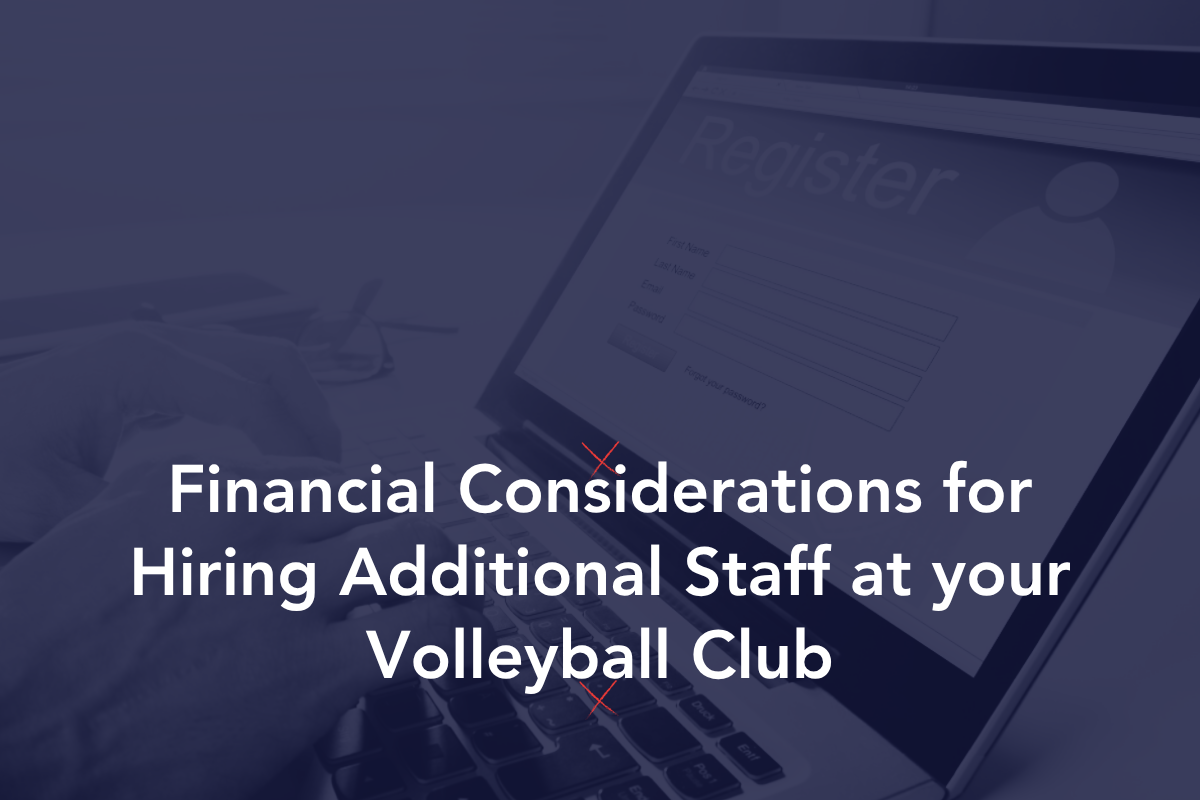There are junior volleyball clubs popping up all over the place, and it’s a direct reflection of the growth and success of men’s and women’s volleyball. A positive of having good competition is that it makes the competitors strive to be better, otherwise your doors will close fairly quickly. As you’re striving to improve your club every year, it is important to determine who you are trying to attract to your club, what type of player, what type of parents and their realistic expectations. In other words, what is your competitive niche? Here are some steps to help you determine your club’s niche so that you can rise above your competition.
1. UNDERSTAND YOUR COMPETITION
First, look at the market you are serving and who is already there. It is fine to say, “we want to be the best club in the area.” But do you really? Look at your market carefully and determine who is taking on what role in your club’s geographic area. It does not make sense to be a “me too” club. It is more likely that you can have a certain niche in the overall scheme of things. Determine where you fit in the list of clubs that are in your area. Be honest with yourself. Can you be the “best” club?” Maybe a better approach would be to determine a subset of the market you are serving. As such, you can be successful.
Here are some questions you can ask yourself:
- Who is the Best Club in the Area? Why are they the Best?
- What Type of Club do we want to be – who do we want to serve
- Is it based on Age of Players?
- Is it based on the Goals of the Players, along with the age of the players you serve?
- What level of Cost do you want to Incur, and know that that will have to be paid for by someone, most likely the Parents.
- Do you want to Cater to Players who are trying to play at the Next Level, just want to get to be Better Players to make their School Team?
- What level of Coaching do plan to provide?
- How much Commitment will you demand of Players? Of Coaches? Of Parents/Families?
Figure out the right combination of what your club can be great at:
- Development for Younger Players
- Players who just want to prepare for high school season
- Cost Sensitive – if other clubs are more expensive this can be a great Niche for your club
- Time Commitment – How much practice time per week?
- What are the big picture goals of the club? Is it to serve a sub-set of the market? If there are a lot of clubs in the space, don’t try to be all things to all people. This can change as time goes along, but you have to start out with a particular goal in mind. You have to evaluate what is out there now and and how your club can differentiate itself from the others.
2. SURVEY YOUR MEMBERS AND STAFF
Survey your existing players, parents and coaches. Their feedback can tell you a lot about who you are already serving, what their perception of your club is and what their expectations are; it may surprise you. You can incentivize participation with gift card giveaways. It will be worth it to learn how your current members view your club. Use the feedback to evaluate your current operating budget, programs offered, club structure and pricing, competition model, training schedule and marketing plan. Based on the feedback, you may need to adjust your business model and your marketing niche.
3. HIRE A CONSULTANT
If may also be useful to have an outside consultant look at the market your serving or trying to serve to ask unbiased questions. This is the kind of work that I do on a frequent basis, as organizations try to determine how they want to be seen in the market. It is also better doing this from an “outside-in” perspective than by simply doing it all by yourself. An outsider is not beholden to any beliefs. His/her job is to bring you the facts of what is possible and realistic given the market you are in today.
4. SPECIFY YOUR MARKETING PLAN
Once you decide what niche you want to serve, it is important to advertise to the type of programs you plan to offer, specifically the type of players and teams you plan to field. There are those who just want to wait for tryouts and see who shows up. In this day and age, you have a lot better opportunity to develop your club persona in advance and make sure that you market yourself to the type of participant that you want to attract. Again, it is about making a conscious decision to really go after a particular market, or sub market.
In short, don’t try to be all things to all people. Determine what you can do, and what you can provide. You can bring a valuable service to players in your community. But it is typically not all players, it is the right players, given what you want to be and where you want to go!
For more information on the business of junior volleyball, click HERE. Not a JVA Member? Click here to join today.
About the Author
Phil Bush is a Sales, Marketing and Strategic Planning Consultant with MavRen Marketing in Atlanta, Georgia. Phil has been around and active in Sports and Events for over 25 years. Whether as a player Director, Coach, Tournament Director, Producer, or Commentator, Phil has been on all sides of sports for a long time. Bush served a Color Analyst for FSN South, Sun Sports, CSS, ESPNU, and other networks, lending his expertise to volleyball broadcasts of Southeastern Conference (SEC) Atlantic Coast Conference (ACC) and Conference USA Volleyball. He has covered nearly every Top Program in the nation. He also spent many years working for the International Volleyball Federation (FIVB) doing International Broadcasts of both Indoor and Beach Volleyball from over 19 countries around the world.
Bush handled Event Production for Volleyball at the 1996 Olympics in Atlanta. This role was new to the Olympics, and involved coordinating and executing a plan to present the sport in the most positive way possible to the spectators in the live audience. Through the use of announcers, music, lights, effects, matrix boards and coordination of all those involved in the execution of the sport, Sports Production had never been formally done at the Olympics until 1996. Bush was the first Sports Producer hired by the Atlanta Organizing Committee, and helped define the role. The Production work was given rave reviews by the International Volleyball Federation, which declared that the Atlanta Olympics was the best ever in the presentation of the sport.
Phil was one of the Founders of A5, a Volleyball Club catering to young players from age of 8 to 18. The club grew rapidly in the Atlanta area to become one of the premier youth sports organizations in the nation today.





